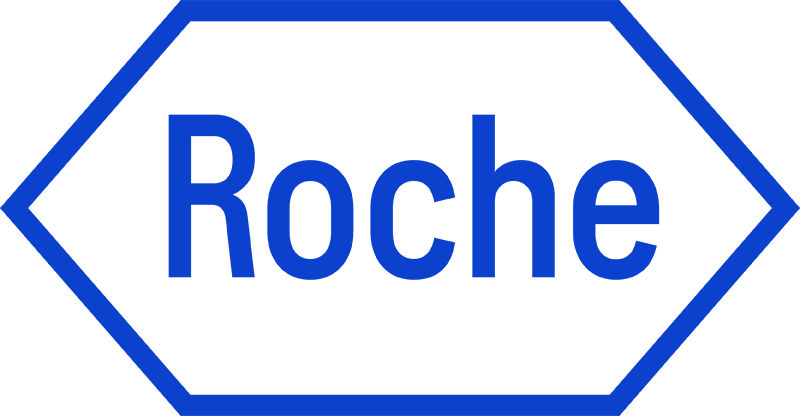Polymerase chain reaction (PCR) is an efficient and cost-effective way to copy small specific DNA or RNA sequences.
Plants and animals, bacteria and viruses—every organism has its own unique nucleic acid sequences. Using PCR, millions of copies of fragments within these sequences can be made in a short amount of time. It is an innovative yet simple method that serves as an invaluable tool in the field of molecular diagnostics.

